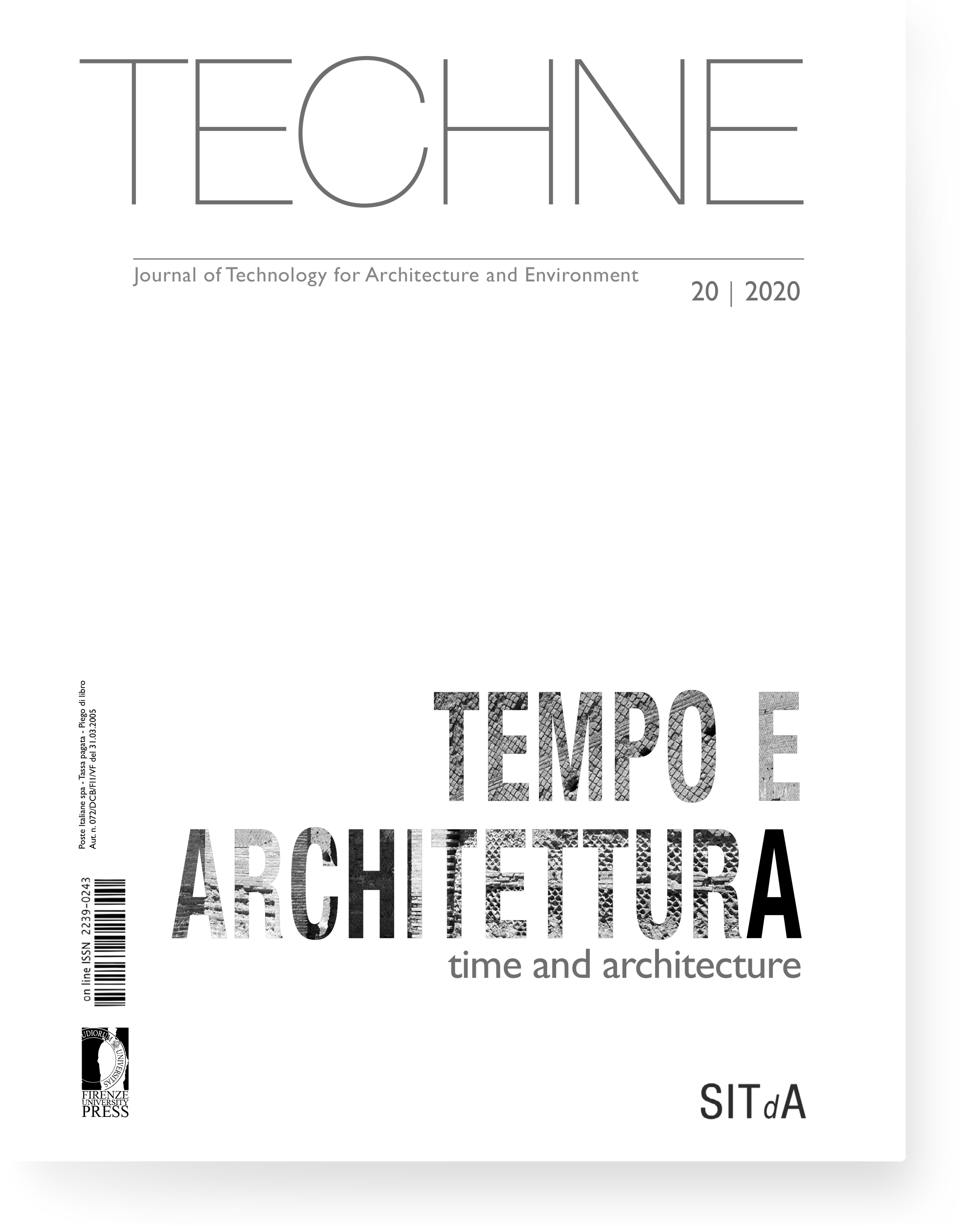Alterazioni Video e Fosbury Architecture (Eds.), Incompiuto: La nascita di uno stile / The birth of a style
Published 2020-12-20
How to Cite
Abstract
Sadly, unfinished and abandoned public works represent a peculiarity of the Italian context. They characterize the landscape as an evidence of the predatory culture towards the State, which never seems to be extinct. Even if the theme is not new – widely known by the institutions at all levels, from central state to local authorities – it was never put at the center of attention and specific actions. The numbers of the phenomenon are staggering, counting today about 1,500 unfinished public works spread on the national territory, with a concentration in southern Italy, particularly in Sicily.
The publication “Incompiuto: The birth of a style” – published by Alterazioni Video and Fosbury Architecture, two collectives of artists and architects with Italian origin and international branches in Europe and USA – originated precisely in this Region. In 2009, “Incompiuto Siciliano” was founded as a participatory Observatory on unfinished public works, animated by reports from citizens and local press, with the support of Lega Ambiente, WWF, ANCE and other organizations. In few years, Incompiuto Siciliano identified 320 abandoned works. This initiative was supported by the section “Sprechi e Incompiuti” of the TV program “Striscia la notizia”, with more than 600 dedicated services. In 2013, the observatory gave rise to the regional Information System for Monitoring Unfinished Works - SIMBI, supported by the autonomous Provinces and the Ministry of Infrastructures - MIT. In about ten years, the curators have built an unprecedented analytical and critical map of the “unfinished” phenomenon, selecting 696 irrecoverable works, catalogued according to their locations at national and regional scale, their year and the percentage of construction, their type, size and costs.
The last two criteria highlight the scale of the phenomenon: the total cost for public institutions is 7.389 billion euros, while the physical size of buildings exceed 2,200 hectares. Almost all the artifacts were built in reinforced concrete, giving this material a negative connotation over the years, as a metaphor of illegal and unscrupulous building speculation.
The innovative approach of the book is to combine the quantitative and descriptive references – exposed with scientific rigor and method – with a daring interpretation, giving a new connotation to the “unfinished” as a truly original and autonomous architectural style. This thesis is expressed through a poster divided into 9 points, pushing the reader to understand the phenomenon from different perspectives, according to Edward De Bono “lateral thinking”. This leads away from banal interpretations, bringing out a more complex picture, also focusing on apparently non-logical points of view. Accordingly, the contemporary ruins are emptied of their original and never exercised functions, raised as monuments of the unfinished, integrated with the landscape for their new aesthetic values.
A rich color photographic reportage contributes to this reasoning by driving us in what could be called a Grand tour of contemporary ruins. At the end of his text, Marc Augé wonders if these art works «still anticipate something of a possible future or if they are only the magnificent rests of an abandoned dream». Those are dry pictures, with cold and sharp colors, didactic and empty of emotional interpretation, coherent with the scientific rigor with which the catalog of 696 unfinished works was composed.
In addition to the curators’ text, the book is complemented with other short critical writings, often biographical, by well-known authors. Gabriele Basilico, with a photographic observation on the city of Giarre, which competes with Rome and Nuoro for the number of unfinished works in one city, Marc Augé, Robert Storr, Wu Ming, Antonio Ricci, Paul Virilio, Leoluca Orlando, Salvatore Settis and Marco Biraghi. This last, with extreme realism, states that the unfinished is basically “a typically Italian modus operandi” that brings together virtues and cunnings, great art works worldwide known for the inexplicable waste of public resources. Therefore “uno stile di fatto”, a style “malgré soi”. The last part of the text is dedicated to the logbook, a journey along the peninsula made of notes, memories, suggestions, and short photographic stories, also connected by the unfinished leitmotif. As for example minor art works integrated with the context and in some cases existing only in the official documents and the memories of the inhabitants, no longer tangible.
The book is full of insides and critical food for thought, highlighted with heterogeneous communication methods, with no immediate interpretation. However, it represents an important tool for a broader reflection of the phenomenon, which can finally involve the silent public institutions, with truly concrete objectives. The graphics and composition of the book are not particularly convincing, which should communicate – by the curators’ need – an aesthetic of the unaccomplished, characterized by imperfections, multiple paper’ weights in different sections, poorly justified texts and repaginated sheets with signs of previous binding. The sensation that you feel, flipping through the book, is more of reuse than unaccomplished, however the thesis that underlies the publication is so brave and strong that it does not require an expressive emphasis perhaps a little over structural.
Matteo Gambaro






